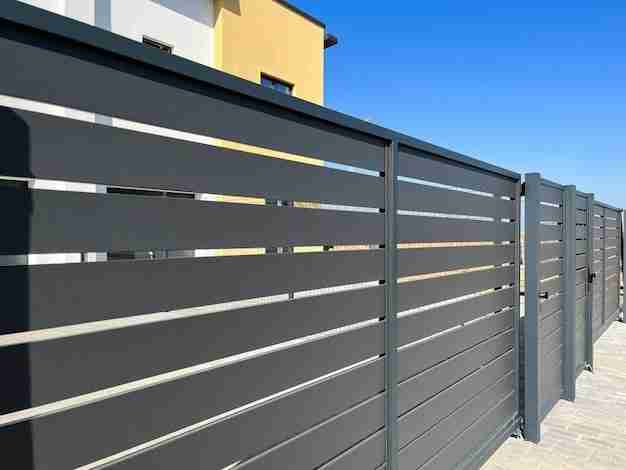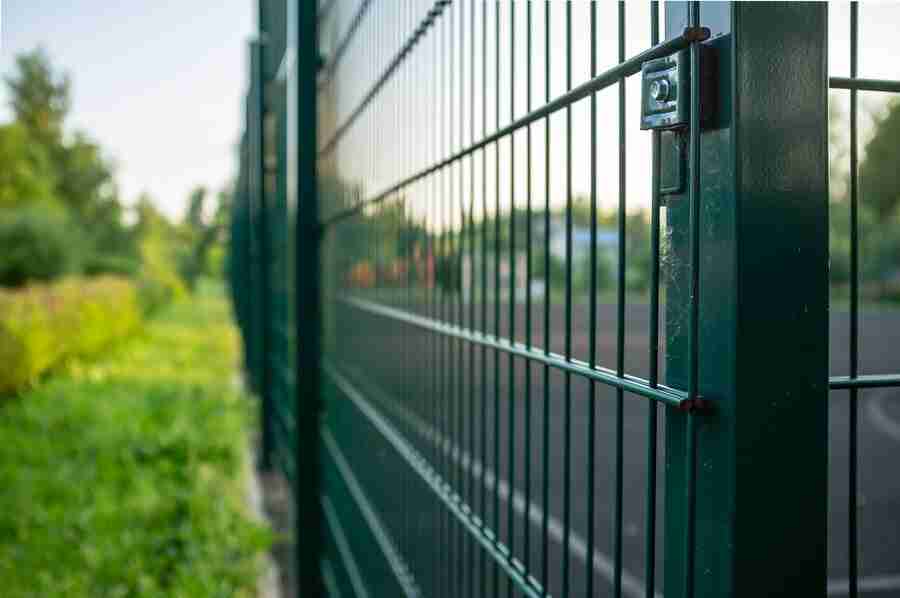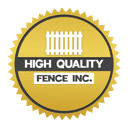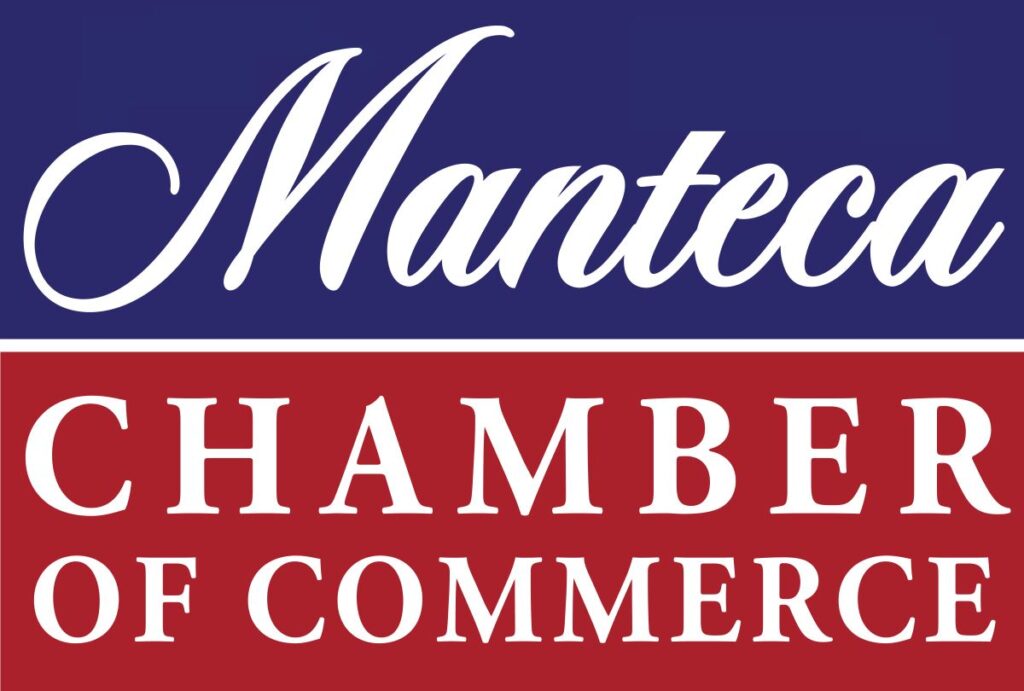omeowners. The choices can be overwhelming when it comes to fortifying your property with a metal fence. From the classic elegance of wrought iron to the modern appeal of steel or aluminum, selecting the perfect metal fence involves careful consideration. In this guide, we’ll navigate through the intricacies of choosing a metal fence that seamlessly blends security, aesthetics, and practicality for your home.

Types of Metal Fences
Metal fences come in various types, each with unique characteristics, offering a blend of security, durability, and aesthetic appeal. Here are some common types of metal fences:
- Wrought Iron Fences: Known for their timeless elegance, wrought iron fences are characterized by intricate designs and sturdy construction. They add a classic and sophisticated look to any property.
- Steel Fences: Steel fences are prized for their strength and durability. They come in various styles, including ornamental designs and contemporary options, providing security and a modern aesthetic.
- Aluminum Fences: Lightweight and corrosion-resistant aluminum fences are popular for those seeking a low-maintenance option. They are available in various styles and colors, offering versatility in design.
- Chain Link Fences: Although commonly associated with industrial settings, chain link fences made of galvanized steel are durable, cost-effective, and suitable for securing residential properties.
- Decorative Metal Panel Fences: These fences feature decorative panels made from steel or aluminum, often with artistic designs. They provide security while adding a touch of style to outdoor spaces.
- Metal Privacy Fences: Constructed with materials like steel or aluminum, these fences are designed to offer both security and privacy. They often feature solid panels without gaps, making them suitable for residential properties.
- Tubular Steel Fences: Tubular steel fences combine strength with a sleek appearance. They are commonly used in modern and minimalist designs, offering a contemporary look for residential and commercial properties.
Style and Design
When it comes to metal fences, style and design play a crucial role in enhancing the overall aesthetic appeal of your property. Here are six popular styles and designs to consider:
- Ornamental Fences: Ornamental metal fences are characterized by intricate patterns, scrolls, and decorative elements. Wrought iron is often used for these fences, providing a classic and elegant look that adds a touch of sophistication to any property.
- Modern and Minimalist Designs: Consider metal fences with clean lines and minimalist designs for a contemporary aesthetic. Steel and aluminum are popular choices for achieving a sleek and modern look that complements modern architecture.
- Traditional Picket Fences: Metal picket fences offer a timeless and traditional appearance. These fences typically feature evenly spaced vertical pickets and are commonly made from steel or aluminum. They provide a classic charm while maintaining durability.
- Basket Weave Fences: This unique design involves interwoven metal strips, creating a visually appealing pattern. Basketweave fences offer a combination of privacy and decorative flair, making them a popular choice for residential properties.
- Horizontal Slat Fences: Contemporary and stylish horizontal slat fences with metal panels provide a modern look while ensuring privacy. This design trend is prevalent in urban and suburban settings.
- Rustic and Industrial Styles: Utilizing raw and weathered metal materials, rustic or industrial-style fences add a touch of character to your property. This design choice is often associated with a more relaxed and eclectic aesthetic.
Maintenance and Durability
Metal fences are celebrated for their exceptional durability, but proper maintenance is critical to preserving their longevity and aesthetic appeal. Regular maintenance practices vary depending on the type of metal used, but everyday tasks include inspecting for rust or corrosion, cleaning with mild detergents, and applying protective coatings. Steel and wrought iron fences may require periodic rust removal and repainting, while aluminum fences are generally corrosion-resistant and low-maintenance.
Regularly checking for loose or damaged components and promptly addressing issues ensures the fence’s structural integrity. By investing time in routine maintenance, homeowners can extend their metal fences’ lifespan, keeping them secure and visually pleasing for years to come.
Cost Considerations
Cost considerations are essential for budget-conscious homeowners when choosing a metal fence. The initial cost varies based on factors such as the type of metal, design complexity, and installation requirements. Wrought iron tends to be more expensive due to its intricate designs, while steel and aluminum offer cost-effective alternatives.
Additionally, considering long-term expenses is crucial; although some metals require minimal maintenance, others may incur ongoing costs for upkeep. It’s essential to balance the upfront investment, and the overall value a metal fence provides over time. By evaluating the total cost of ownership, homeowners can make informed decisions that align with their financial constraints and durability expectations.
Installation Process
The installation process of a metal fence is a critical phase that influences its performance and longevity. Here’s an overview of the typical installation process:
- Site Preparation: Begin by marking the fence layout and clearing the area of any obstacles or vegetation. Accurate measurements and markings are crucial for ensuring a precise and symmetrical installation.
- Post Installation: Dig holes for the fence posts, ensuring they are deep enough to provide stability. The type of metal and fence design will determine the spacing and depth of the holes. Posts are then set in concrete for added strength.
- Panel Attachment: Once the posts are securely in place, attach the metal panels or rails to the posts. The method of attachment depends on the type of metal fence and design, whether it’s through welding, screws, or other fastening mechanisms.
- Gate Installation: If your metal fence includes a gate, install it according to the manufacturer’s instructions. Ensure proper alignment and functionality, including any latches or locks.
- Finishing Touches: After securing all components, perform a final inspection to check for any loose connections or imperfections. Apply any necessary coatings or finishes for protection against rust and corrosion.
- Clean-Up: The installation area should be thoroughly cleaned of any debris, and the surrounding landscape should be restored. Proper clean-up ensures a polished appearance and minimizes potential hazards.
Local Regulations and Permits
Before installing a metal fence, navigating local regulations and securing any required permits is crucial. Municipalities often have specific fence height, materials, and setback distance rules. Check with the local zoning department to understand these regulations, ensuring compliance and avoiding potential legal issues.
Some areas may also require a permit for fence installation, with approval contingent on factors like property lines and neighborhood aesthetics. Familiarizing yourself with these local guidelines ensures a smooth installation process, preventing costly fines and the need for modifications. Proactively addressing regulatory requirements allows homeowners to enjoy their metal fences without unexpected setbacks.

Choosing the Right Height
Choosing the right height for your metal fence is a crucial decision that balances privacy, security, and aesthetic considerations. Here are vital factors to guide you:
- Privacy Needs: Determine the level of privacy you desire. Taller fences provide more privacy but may be subject to local regulations. Consider the surrounding landscape and neighboring properties when deciding on the height.
- Security Concerns: Assess the security requirements of your property. Higher fences with anti-climb features enhance security, but striking a balance with local regulations is essential.
- Aesthetic Harmony: Ensure that the fence height complements your home’s architectural style and the neighborhood’s overall aesthetics. A well-proportioned fence enhances curb appeal.
- Local Regulations: Check local zoning regulations for any restrictions on fence height. Non-compliance may result in fines or the need for modifications.
- Neighborhood Standards: Consider the typical fence height in your neighborhood to maintain a cohesive look. Striking a balance between individual preferences and community norms is essential.
- Cost Implications: Higher fences often involve increased materials and installation costs. Evaluate the budget constraints while considering the chosen height’s long-term benefits.
Eco-Friendly Options
When selecting a metal fence, consider eco-friendly options that align with sustainability goals. Here are eco-conscious choices for environmentally friendly metal fencing:
- Recycled Materials: Opt for fences made from recycled metal, such as steel or aluminum. These materials reduce the demand for new resources and minimize the environmental impact of metal production.
- Galvanized Steel: Choose galvanized steel, a corrosion-resistant option that requires less maintenance over time. The galvanization process involves applying a protective zinc coating, enhancing the metal’s durability and reducing the need for frequent replacements.
- Powder-Coated Finishes: Powder-coated finishes, free from harmful solvents, contribute to a more environmentally friendly option. These finishes provide a protective layer to the metal, reducing the likelihood of rust and corrosion.
- Reusable or Repurposed Fencing: Consider using salvaged or repurposed metal for your fence. Repurposing materials minimizes waste, lowers the carbon footprint, and adds a unique, eclectic touch to your property.
- Local Sourcing: Choose a metal fence that is locally sourced to reduce transportation-related carbon emissions. Supporting local suppliers contributes to a more sustainable and eco-friendly installation process.
- Minimalistic Designs: Opt for minimalistic designs that use fewer materials and resources. Streamlined and efficient designs contribute to a more eco-friendly approach, aligning with sustainability principles.
Conclusion
In conclusion, selecting the perfect metal fence for your home is a decision that blends security, aesthetics, and practicality. Whether you lean towards the timeless elegance of wrought iron, the modern appeal of steel, or the lightweight versatility of aluminum, High-Quality Fence is here to guide you through this crucial process. Our commitment to delivering durable and visually appealing metal fences ensures that your investment not only enhances the security of your property but also elevates its overall curb appeal.
Contact us at 209-815-9015 or via email at info@highqualityfence.com to discuss your fencing needs. Visit our website at https://highqualityfence.com/ for more information and to explore our range of high-quality metal fencing options. Make the right choice with a high-quality fence – secure your home with style.


